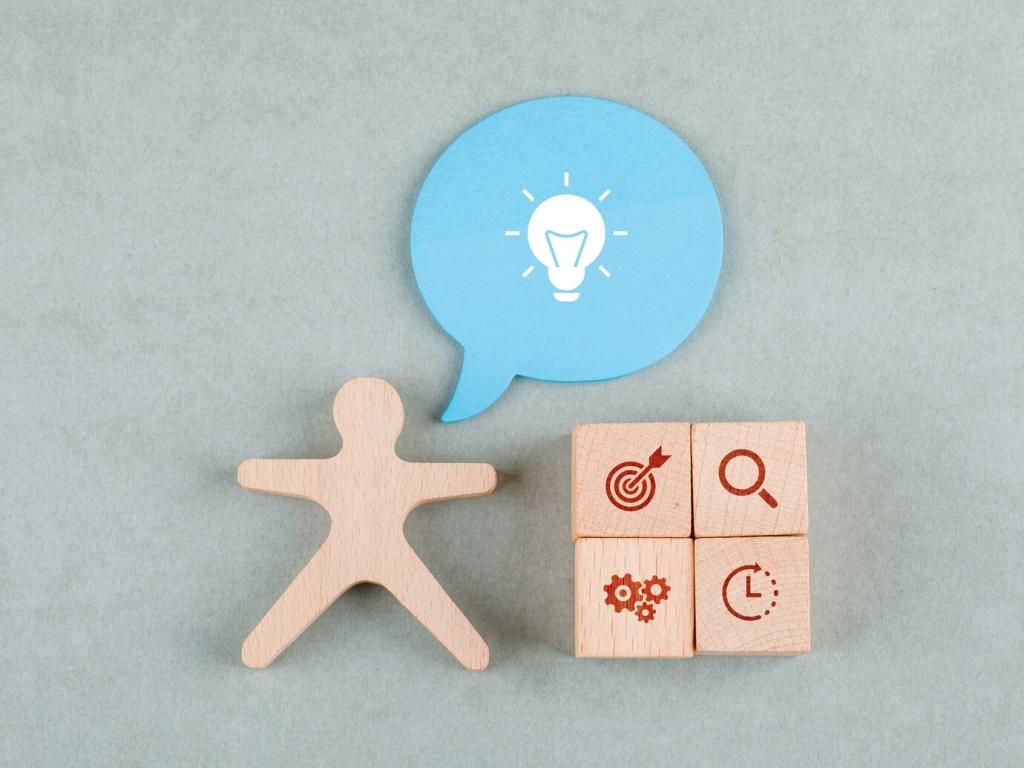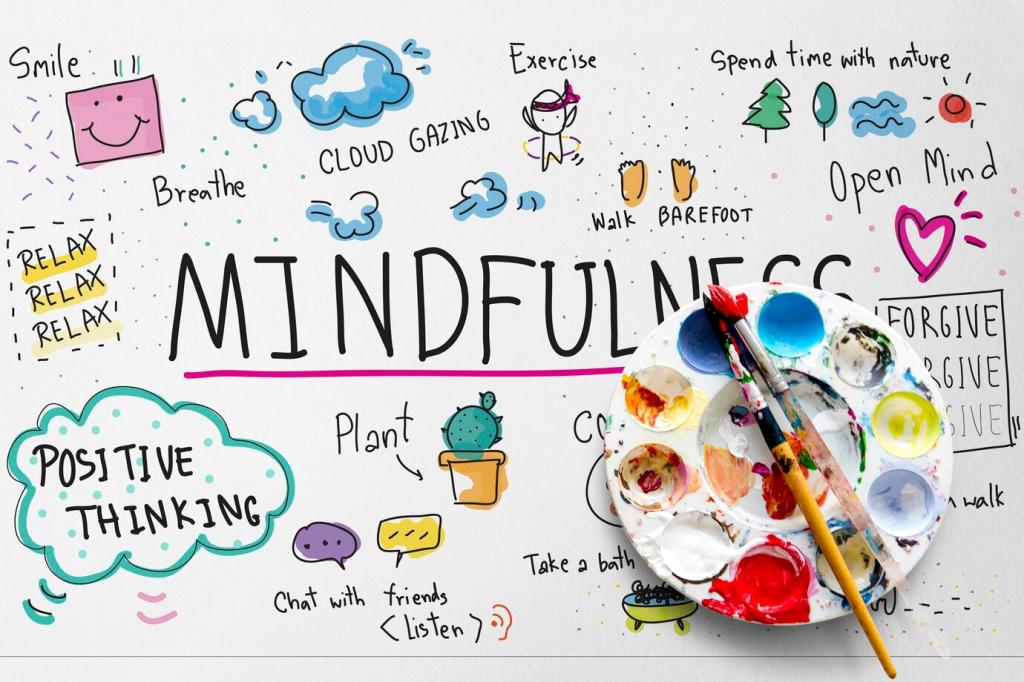
Mindful Meetings: Conducting Stress-Free Discussions
Chosen theme: Mindful Meetings: Conducting Stress-Free Discussions. Welcome to a calmer, kinder way to gather, decide, and move forward together. Here you’ll find practical rituals, stories, and tools that transform meetings from draining obligations into focused, humane conversations. Join the discussion, share your rituals, and subscribe for more mindful facilitation ideas.
Set the Intent: From Agenda to Shared Purpose
Start with a grounding minute
Open with sixty seconds of quiet breathing or a brief body scan. This tiny pause lowers collective tension, invites presence, and gently marks the transition from frantic multitasking to focused dialogue. Try it in your next meeting and tell us if the first conversation felt clearer and kinder.
Craft a compassionate agenda
List desired outcomes, timeboxes, and roles so participants know what will happen and why. A compassionate agenda also states what will not be covered, reducing anxiety about surprises. One product team cut meeting stress in half after adding clear outcomes and a visible facilitator. Share your favorite agenda format with us.
Define success and boundaries
Begin by stating what success looks like today—decision made, options narrowed, or risks surfaced. Add boundaries: hard stop time, topics to park, and who decides. Boundaries protect energy and attention while making the discussion feel safe. Comment with one boundary that changed your team’s meeting culture.

Psychological Safety in the Room
Invite participants to imagine two chairs: one for their ideas, one for their identity. Critique sits in the ideas chair only. This simple visualization lowers defensiveness and keeps feedback constructive. A design lead told us it turned a tense review into a curious workshop. Try it and share your story.
Psychological Safety in the Room
Begin with a quick red–amber–green status from each person. Green means ready, amber signals limited bandwidth, red asks for extra care. These color cues normalize honesty and help the group adjust pace, tone, and support. If you use a variant, tell us how it shapes your discussions.

Round-robins, not interruptions
Use a simple round-robin for high-stakes topics. Everyone gets equal airtime, and the facilitator gently redirects interruptions. This small structure reduces dominance, elevates quieter insights, and keeps tension low. Have you tried a timed round? Share what duration worked best for your team’s attention and energy.

Lean decisions with DACI or DRI
Clarify roles with DACI or DRI so ownership and input are obvious. When people know who recommends, decides, and executes, debates stay purposeful instead of spiraling. A startup cut decision time by 30% using DRI labels in agendas. Post your go-to decision framework and why it works.

Park it, don’t spike it
Create a visible parking lot for off-topic but valuable ideas. Parking reduces anxiety about losing thoughts while protecting focus. At the end, review the list and assign next steps. This ritual keeps meetings calm and productive. What’s your favorite way to track and honor parked items?
Time, Energy, and Bodies
Cap sessions at ninety minutes with a five-minute break every forty-five. Brains need oxygen and bodies need movement. Teams report fewer flare-ups and sharper thinking when breaks are routine, not exceptions. Experiment this week and tell us whether your final ten minutes felt sharper than usual.

Tools and Rituals for Remote and Hybrid Calm
Silent co-editing over chaotic debate
Begin with five minutes of silent reading and co-editing in a shared document. People digest context, propose edits, and surface questions before speaking. This reduces talking-over, speeds alignment, and lowers stress. Try it for complex topics and share how the discussion tone evolved afterward.
Emoji signals and hand-raises
Adopt simple signals: hand-raise to speak, checkmark for agreement, question mark for clarification. Visual cues reduce interruptions and make facilitation easier. Remote teams say it feels surprisingly humane. What signaling system has worked for you, and how did it change participation in your meetings?
Recorded recap and mindful notes
End with a two-minute recap recording and concise notes: decisions, owners, dates, next steps. This ritual clears lingering uncertainty and prevents follow-up stress. Keep notes accessible and searchable. If you have a favorite template, share it so others can adapt and lighten their meeting load.
Conflict without Cortisol: Compassionate Disagreement
Steelman before critique
Before challenging an idea, restate the strongest version of it and ask if you captured it. This practice builds trust, reduces defensiveness, and sharpens thinking. Many teams report faster convergence when steelmanning is standard. Try it this week and tell us how it changed the mood in debate.


Use nonviolent communication (NVC)
Frame feedback with Observation, Feeling, Need, Request. For example: “When we skip estimates, I feel anxious because predictability matters. Could we try sizing?” This structure preserves dignity and keeps stress manageable. Share one NVC sentence you plan to use in your next challenging conversation.
